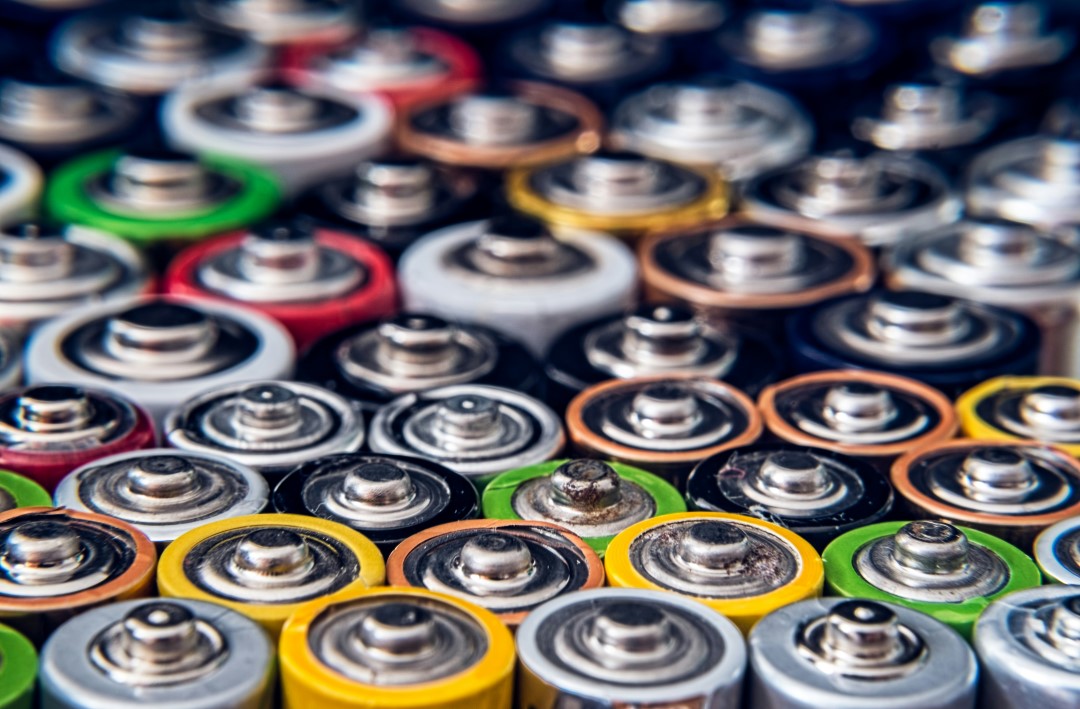SABERS pioneers solid-state battery technology for electric aviation
To make electric aviation take off sustainably, we need batteries. We need better batteries than the current lithium-ion battery technology can provide. The US-based SABERS initiative is advancing aviation's next-gen battery technology to achieve electric flight.

The initiative offers hope for a future where electric flight becomes a viable and eco-friendly mode of air travel. SABERS stands for Solid-state Architecture Batteries for Enhanced Rechargeability and Safety. The SABERS initiative is a joint effort between NASA, Georgia Institute of Technology, Argonne National Laboratory, and Pacific Northwest National Laboratory, aiming for advancements in solid-state battery technology. In other words: to build a battery that meets the unique requirements of electric air travel.
Safety and performance constraints
Airport Technology reports that the current lithium-ion battery technology falls short in supporting the mainstream development of electric flight. It limits flights to short, local trips due to safety and performance constraints. SABERS aims to address these limitations by creating a scalable battery with three times the energy density of current lithium-ion cells, is lightweight, inherently non-flammable, and has a fast recharge speed.
The first result is that the team has developed a solid-state sulphur-selenium battery utilizing materials previously unused together in battery systems. This innovative design features a bipolar configuration with individual cells stacked vertically inside a single casing, improving energy density and reducing overall weight. Using holey graphene, a NASA-created component, enhances electrical conductivity and reduces weight.
Design enhances safety
Is this battery coming close to what aviation needs? Yes, in the sense that SABERS' solid-state design enhances safety, allowing the battery to withstand higher temperatures without catching fire or overheating as quickly as traditional lithium-ion batteries. Test results demonstrate the prototype's ability to continue operating even after severe damage, a critical factor for aviation applications, the Airport Technology report states.
While the current demonstrator battery has achieved two times the energy density of previous designs, researchers are optimistic about reaching three times the energy density in the future. Challenges remain, such as improving the discharge rate, but SABERS represents a promising pathway towards sustainable electric aviation.


